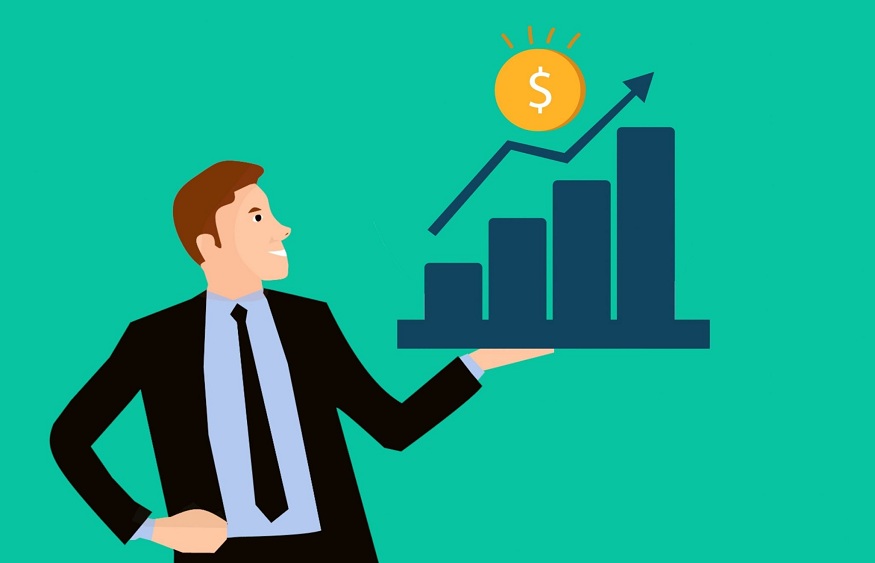The economy of the United States, as measured by real GDP, has expanded at an approximate 2.0 to 2.4% annualized pace through the first half of 2023. The business sentiment was downbeat and business investment was slow at the start of the year. There are indications that this is turning the corner. As per Kavan Choksi, consumer spending, which is responsible for driving 65% of GDP, has been resilient throughout. In case the consumer spending moderates as per expectations in the second half, growth might slow to low levels by early next year. The real GDP of the United States is expected to expand at a 2% pace in the second half of 2023 and 0.5% for the first half of 2024.
Kavan Choksi sheds light on the trends in the US economy
Even though monetary policy has been pretty much restrictive for several months, the hiking cycle might be close to the end. The Fed has raised rates a sharp 525bp since March 2022 to a 5.25-5.5% target range. This marked one of the steepest hiking cycles in four decades. The Fed is likely to be on hold through the middle of 2024, if inflation rates continue on the downward trajectory. The Fed’s process to shrink its balance sheet, also known as quantitative tightening, is ongoing at a pace of around $100 billion per month. It has been removing that amount of liquidity from the markets and economy.
While inflation is going down in the United States, it has proven to be much more persistent than expected through the first half of 2023. The falling energy prices have helped in reducing headline inflation over the last few years. Core inflation metrics that exclude volatile energy and food prices have additionally experienced less progress, particularly in the services categories. While core services inflation slowed to 6.1% in July from its peak of 7.3% in February, core goods inflation has dropped from 12% to 0.8% over the past year. A gradual improvement in inflation is expected in the coming months. However, a return to the Fed’s targeted 2% level may take until late 2024.
With a low 3.5% unemployment rate, labor markets in the United States remain tight. However, certain mixed signals are starting to emerge. Even though open jobs and payroll gains have stayed pretty much above long-term averages in recent months, lower quit rate than a year ago, reduced temp employment and declining labor force productivity metrics, do suggest a better balance between demand and supply of labor. Moreover, increasing pressure on corporate profit margins may cause employers to reduce headcount or slow hiring in the coming months.
In the opinion of Kavan Choksi, for a large number of consumers in the United States, the tailwind of accumulated excess savings from the pandemic days continues to be drawn down. This support is likely to be finished by the end of 2023. On the whole, spending through the first half of 2023 has been resilient, with moderate growth. An ongoing mix shift towards services like travel, dining out and live entertainment has also been witnessed.





